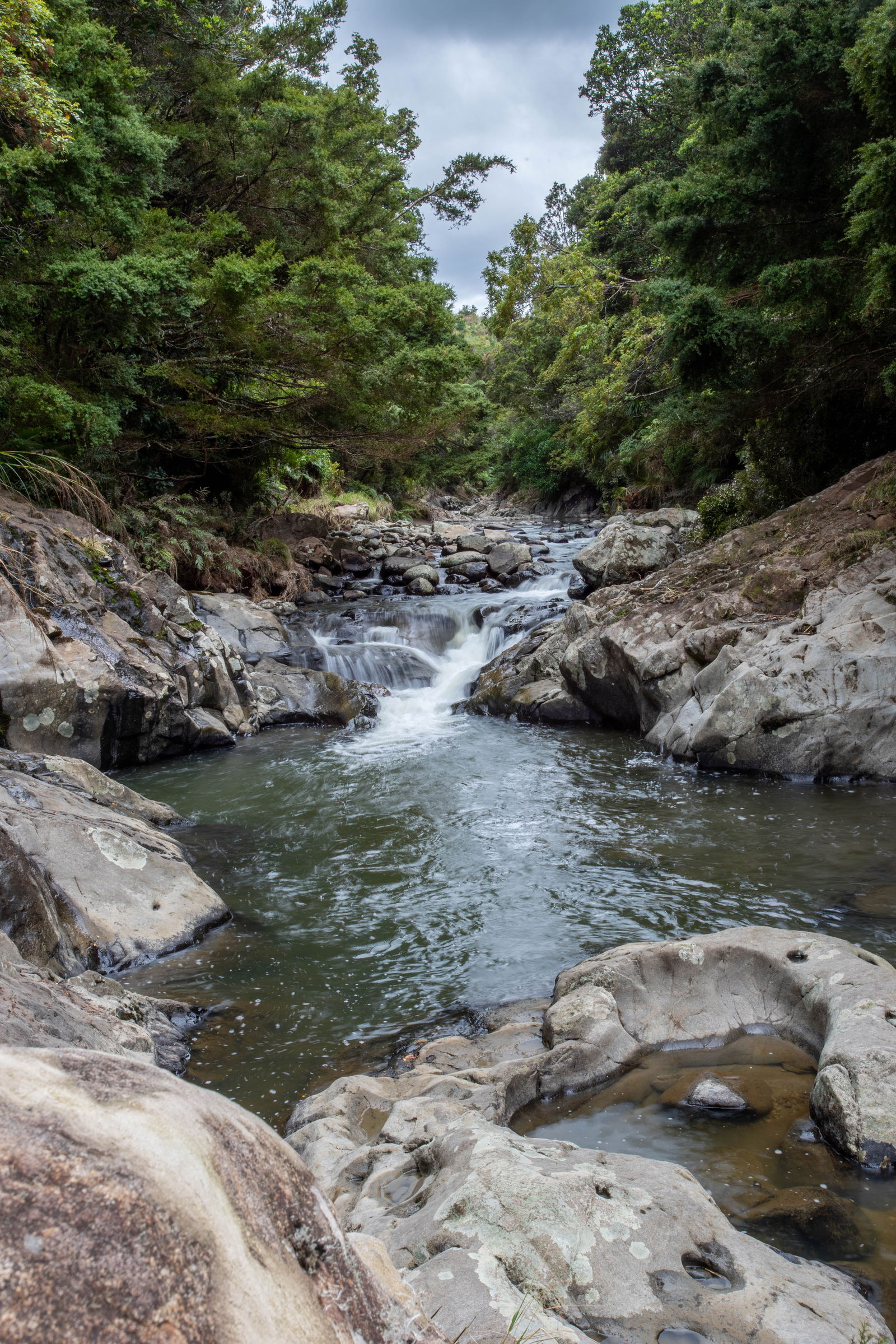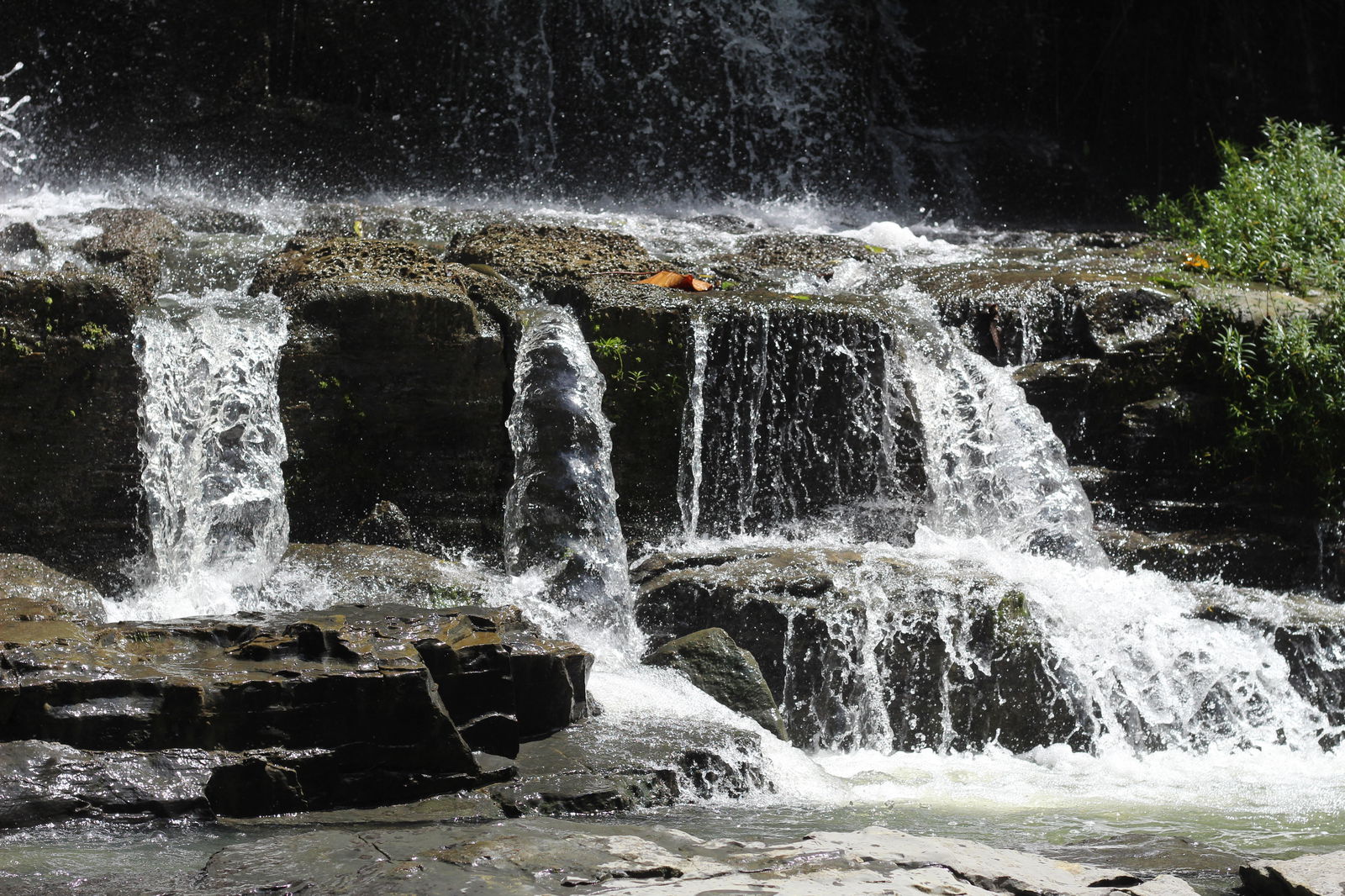Indigenous people are shaping environmental laws. Here’s how.


· 9 min read
“The River is the source of spiritual and physical sustenance. The great River flows from the mountain to the sea. I am the River. The River is me”
The Whanganui River is the longest navigable river in New Zealand, connecting mountains, rainforest, city and sea. In 1840, European settlers joined the Whanganui iwi, or Māori tribes who already inhabited this region, and established one of New Zealand’s first cities¹.
For over a century, the tribe collectively actioned to protect and nurture their sacred relationship with the river, following land dispossession and subsequent impacts of British colonisation from the early 19th century². The ancient proverb above defines the Māori of the River and its region, resonating with the tribe for centuries.

Indigenous populations take a biocentric stance when it comes to the rights of Nature vs Mankind, especially regarding property. They vehemently affirm the narrative that we belong to Mother Nature, and property rights should be extended to species beyond humans — placing all life at an equal, moral standing.
More recently this notion has gained support from legal philosophers and conservationists, arguing that such a paradigm shift could encourage more effective and enforceable environmental protections in the attempt to combat climate change.
Could this be the way forward in protecting our environment?
In 2017, the Whanganui River became the first river in the world to be granted legal personhood, recognising its right to ‘exist, flourish and naturally evolve’³. The Te Awa Tupua (Whanganui River Claims Settlement) Act 2017 recognises the river as ‘an indivisible and living whole comprising the Whanganui River from the mountains to the sea, with all its tributaries, physical and metaphysical elements’⁴. This enabled the river to have its own legal identity and be able to bring any legal case forward, against its wrongdoers.
When I was doing the research for this article, I came to learn about corporations as examples of entities that have been recognised as having legal personhood and can nominate representatives to litigate on their behalf⁵.
Giving nature rights works by the same accord, whereby the national government, for example, and citizens such as the iwi can serve as legal custodians towards the Whanganui’s best interests so they can compel legal action if necessary.
Environmental law and policy is greatly anthropocentric (humankind is regarded as the most important element of existence) and so, the environment is only protected to the extent to which it serves human interests, allowing it to be continually exploited and overly consumed.
The RoN, therefore, is a movement heavily guided by Indigenous worldwide views morphing the human and nonhuman environment as inseparable — throwing anthropocentric values to the side.
The Napo River, located in Ecuador, is an example of where the RoN has reached the constitutional level. In 2008, Ecuador was the first country to grant legal rights to nature⁶, but bringing these rights to fruition has proven to be a challenge.

Ecuador’s economy remains heavily dependent on the extraction of oil, and the anthropocentric drive for development remains ubiquitous in many conversations as Ecuadorian judges have been grappling between strengthening economic value and protecting nature’s rights.
A clear example of how this has been difficult to put into practice is in the Ecuadorian case whereby oil reserves were found under the Yasuni National Park. The proposal made was that the oil reserves would not be extracted if Ecuador received half of the potential revenues, but this was not actualised, and so extraction commenced in 2011⁷.
It is without question that the states in which the RoN have been recognised all have considerable indigenous populations who have been instrumental in implementing such environmental laws over the recent years. There is much knowledge to amass from their ecological worldviews, and for many of them, their livelihoods depend on the future of climate change.
Because of this, their voices should be echoed within the discussions and formulation of environmental protection, law and policy in order to gain recognition on a global level.
If we are to effectively contribute to combatting climate change, a global shift of how we view the environment is needed, and we cannot ignore the extent to which it necessitates the voices of the Indigenous people.
This article is also published on the author's blog. Future Thought Leaders is a democratic space presenting the thoughts and opinions of rising Sustainability & Energy writers, their opinions do not necessarily represent those of illuminem.
illuminem briefings

Public Governance · Human Rights
illuminem briefings

Ethical Governance · Human Rights
Olaoluwa John Adeleke

Human Rights · Environmental Rights
UN News

Human Rights · Social Responsibility
CNN

Public Governance · Human Rights
SOMO

Corporate Sustainability · Human Rights